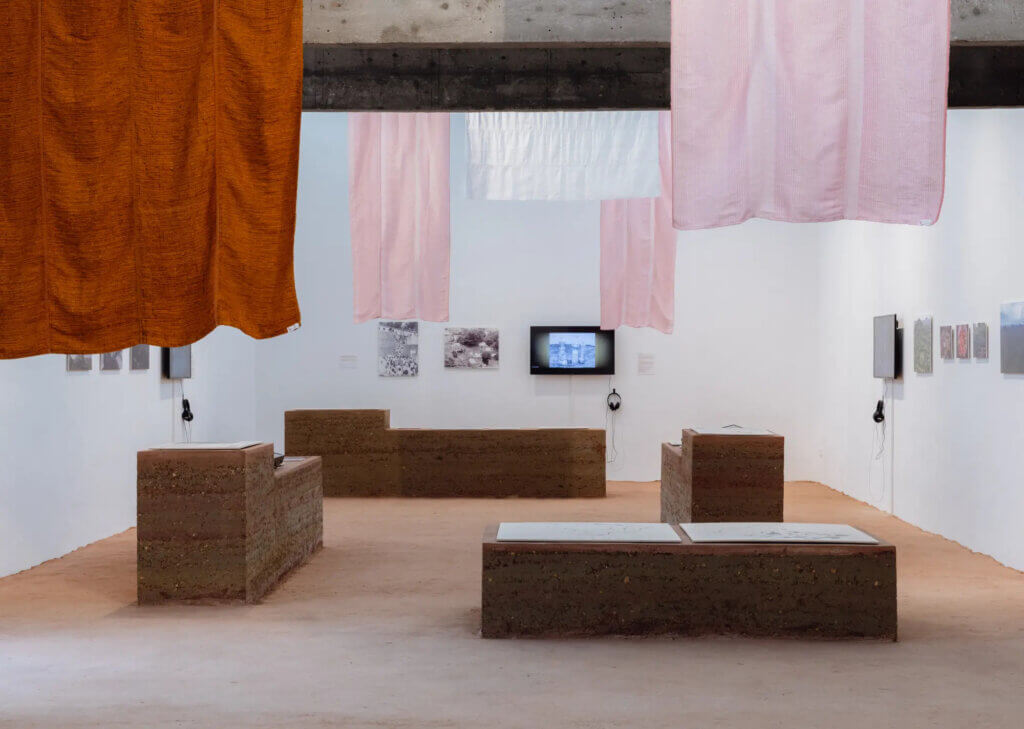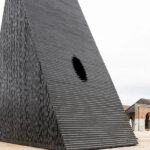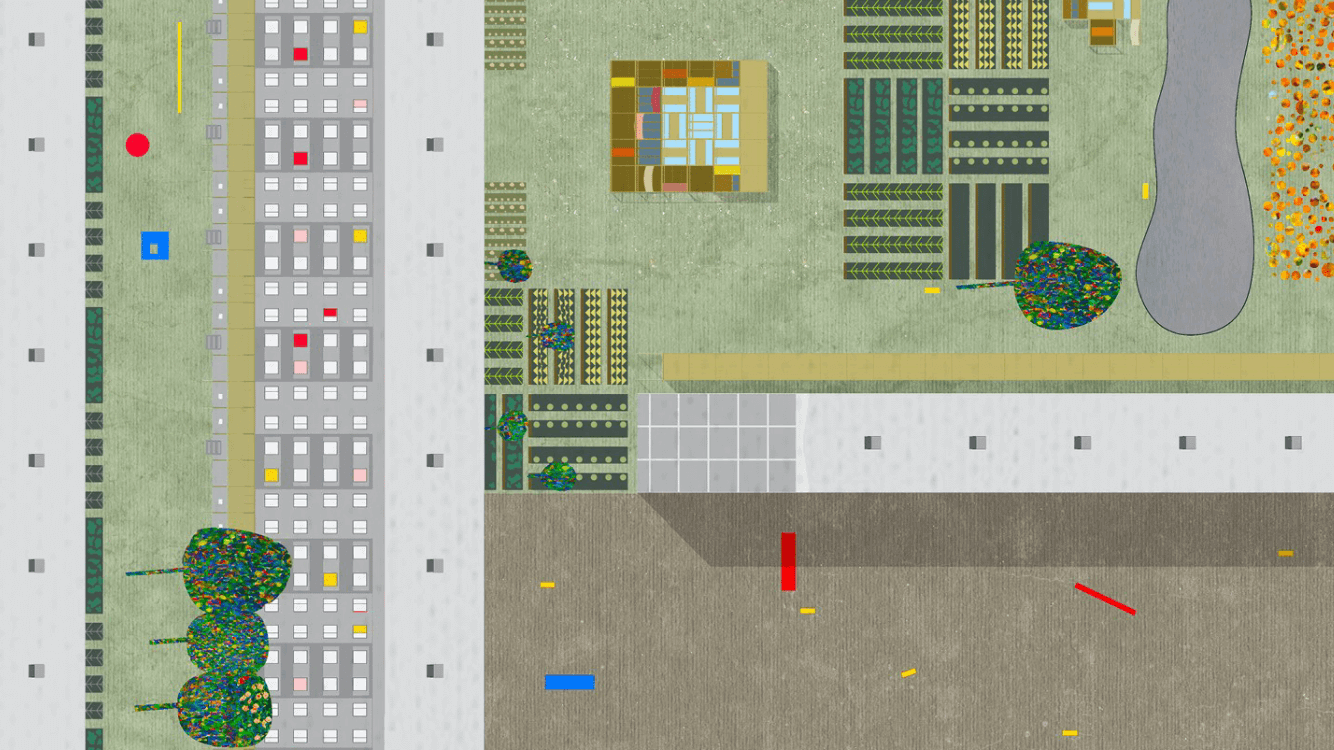Is it possible to think of a future based on today’s economic, social and political systems? That’s a matter that Ghanaian-Scottish architect and academic Lesley Lokko reflects upon with the different initiatives she’s engaged with, including this year’s edition of Venice Architecture Biennale, titled Laboratory of the Future, for which she has been appointed the curator.
Tackling global issues, in Lokko’s vision, means decolonising, decarbonising and diversifying our current approach to architecture, in a way that is not only about rethinking how we build and design, but also about evaluating the ways we teach and learn. In other words, Lokko’s approach is more about unlearning the classic bounds of architecture and less about getting excited over cutting-edge technology, and that approach is thoroughly reflected in the 18th edition of the Biennale, which has given the stage to alternative ideas for global architecture and urbanism. And that makes sense since technology thrives on capitalism and empowers those who have dominated and subjugated the rest of the world.

For that matter, and in parallel to the aim of Lokko’s new school in Accra, African Futures Institution, puts for the first time Africa and the African diaspora in the spotlight. “We are the continent with the world’s youngest population, the fastest urbanisation, growing at a rate of 4% per year, often at the expense of local ecosystems — so we are at the forefront of climate change, too,” said Lokke during a Venice Biennale press conference in May.
But the biennale is not only about Africa. Projects from different places have come together, enacting to the idea that the future must be formulated away from what’s established. “Yes, the show will focus on Africa, but we are not only talking about Africa — we use it as a place in order to try and understand everything everywhere. After all, the Biennale itself is a workshop for the future,” added Lokke, opening the doors to over 80 participants organised across 6 sections.
Among the participants, David Adjaye, Sumayya Vally and Hood Design Studio — some of the most renowned architects from Africa — infuse architectural history with unheard stories and celebrate the work of non-white spatial practitioners in the Force Majeure section. While it is true that this edition, to most people’s surprise, has been less about innovation and buildings, especially as the title refers to the future, Lokko made sure to include exciting young exhibitors and multidisciplinary works. For instance, The Lost Knowledge Systems (LKS), a four-part video exploring indigenous construction techniques from Ghana, directed and produced by — likely the most prominent contributor this year — David Adjaye, has shown for the first time and sparked positive feedback.

In this cadre of experimental-slash-alternative thinkers, the speculative narratives of Liam Young couldn’t be missed. The video Great Endeavor, shown in the main exhibition, portrays an apocalyptic geo-engineering sweet dream to decolonise the atmosphere of carbon, by storing it underground to reach climate targets. “The film captures millions of people on the construction site, in coordinated action to decolonise the atmosphere in our last great act of planetary transformation,” said Young.
With this group of practitioners, Lokko aims to broaden conceptions about the role of a 22nd-century architect and what they should be looking to build. It is interesting how Lokko’s curation subverts architecture-world gatekeepers by giving the stage to unheard ideas, by questioning the disproportionate power over global architectural discourse. In that way, Lokko challenges the very foundations of climate discourse in an architectural context. And, ultimately, she fosters a new platform to build liveable futures.
The Architecture Biennale is open until November 26th.
*Header image: Kwaeε — a pyramidical timber pavilion by Adjaye Associates. Ph. Andrea Avezzù via Venice Architecture Biennale.




























